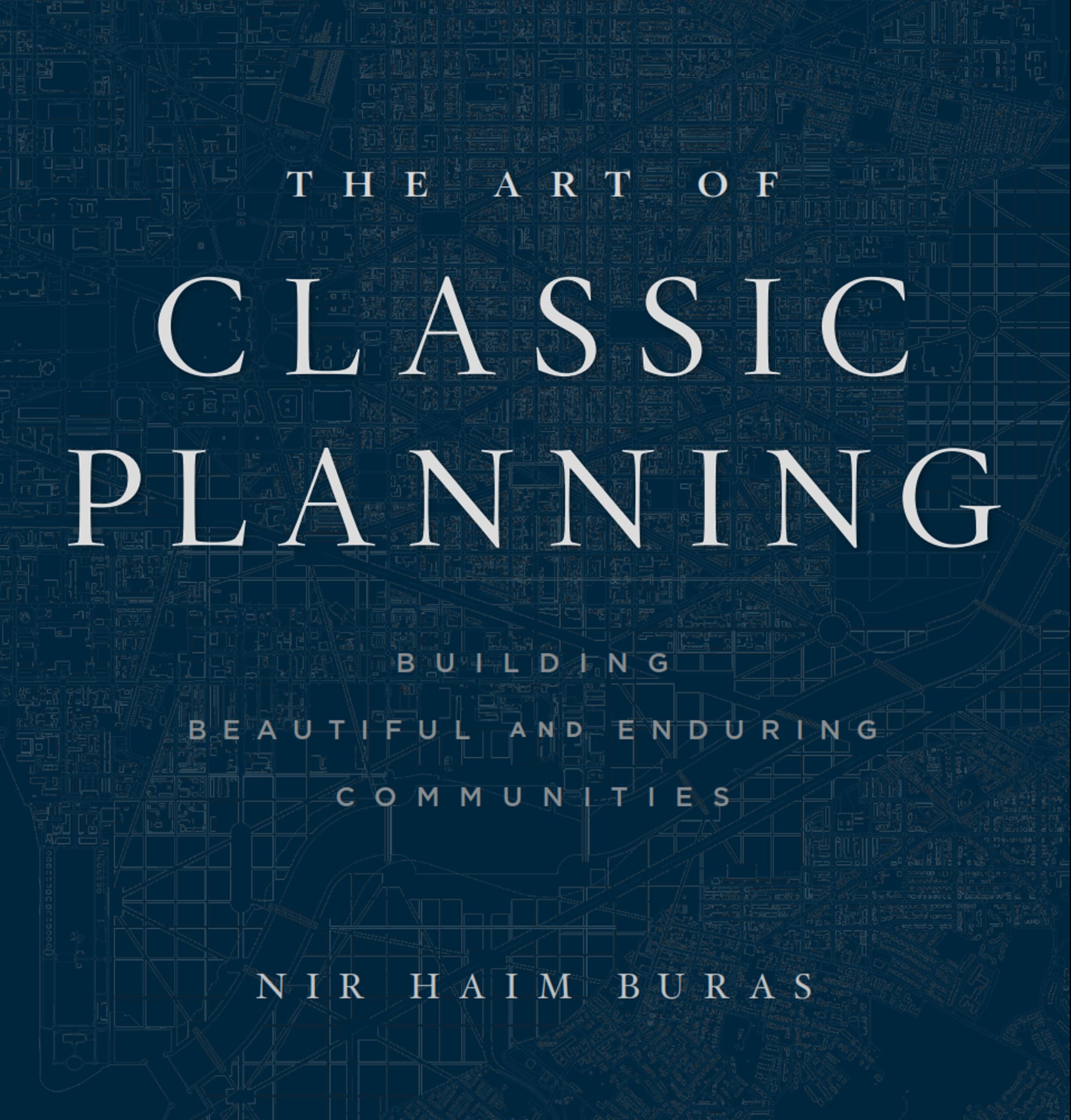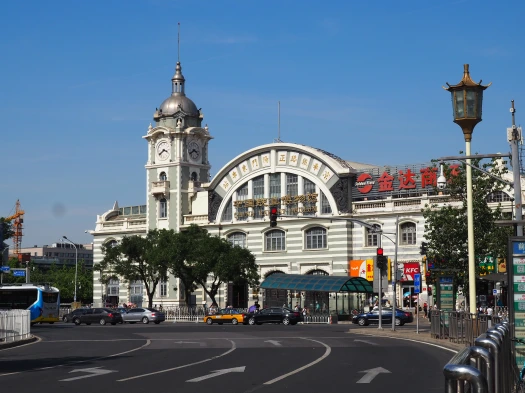
In Urbanism, Beijing means Trees
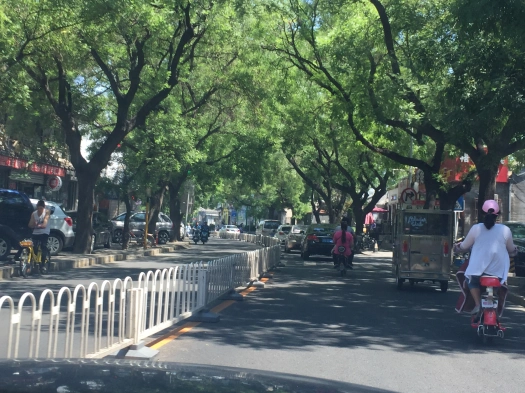
Some people in Beijing refer to the late 1800s as a “sad period,” when European influence brought more pain than joy. But the worldwide post-Haussmannian touched Beijing too, in particular on the clearly boulevarded Beiheyan Road and its extension Zhengyi Road which roughly led from the old Zhengyangmen railway station (1901), now a railway museum (below).
In the case of the avenue trees, it seems that Beijing’s planners adopted the best of Haussmannism. Trees grace virtually every thoroughfare, along with well-maintained landscaping that makes driving tolerable. In addition to that are the touches of Chinese architecture in the street. Clearly Chinese style(s) is a classical style in that it creates an experience of beauty. Oddly, more so on the long walls that enclose numerous compounds. In spite of the ubiquitous gray Beijing brick and battleship-gray paint everywhere, the experience of the streets is pleasing. What “does it” are the wall cap cornice details, which must be some sort of “correct” classical design.

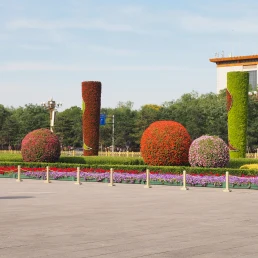
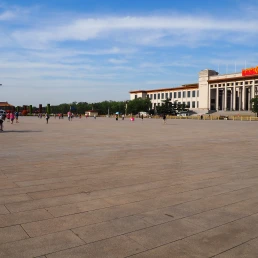

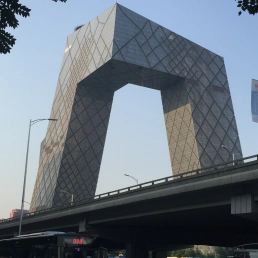
I came here to photograph Tienanmen Square and Koolhaass’s CCTV . Even Tienanmen (top right) has some highly-skilled landscaping elements (top left). CCTV is pure and simple a monstrosity (bottom left in a view from the street; bottom right, in a model at the Beijing Planning Exhibition Hall). In the end, touches of authentic Chinese design help make streets tolerable by adding a fractal touch. Below are the street where I stayed in a traditional Beijing hutong (neighborhood of traditional courtyard dwellings on narrow streets), and a large Chinese structure that rises from street level in the midst of the neighboring hutongs.
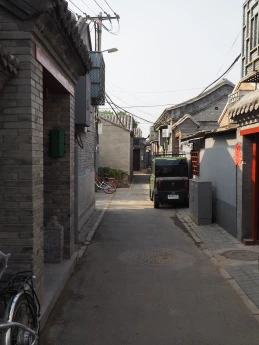
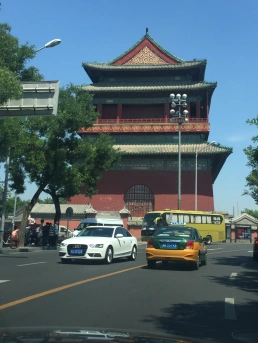
Yes, I did climb the Great Wall, an overwhelming extravaganza; and saw the Ming Tombs. But perhaps Beijing’s highlight is the Summer Palace. It may well be the world’s premier royal park, likely more vast, and with more individually designed environments for experiencing the man/nature thing, than anything else in the world (clockwise from right). It has a “port” with docks and a “harbor waterfront,” a miles-long treed promenade, and a “marble boat” that is actually of painted wood above the gunwales. Where the boat was a disappointment, the rest of the park demonstrated the Chinese capacity for hugeness, sometimes well done.
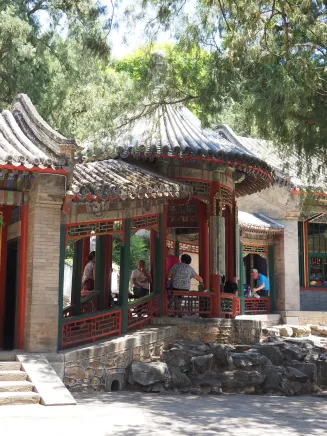
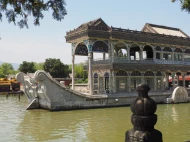
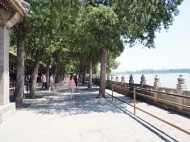
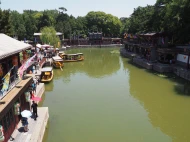
WELCOME!
Get In Touch
Please get in touch with us
to discuss your requirements.
Please get in touch with us
to discuss your requirements.
